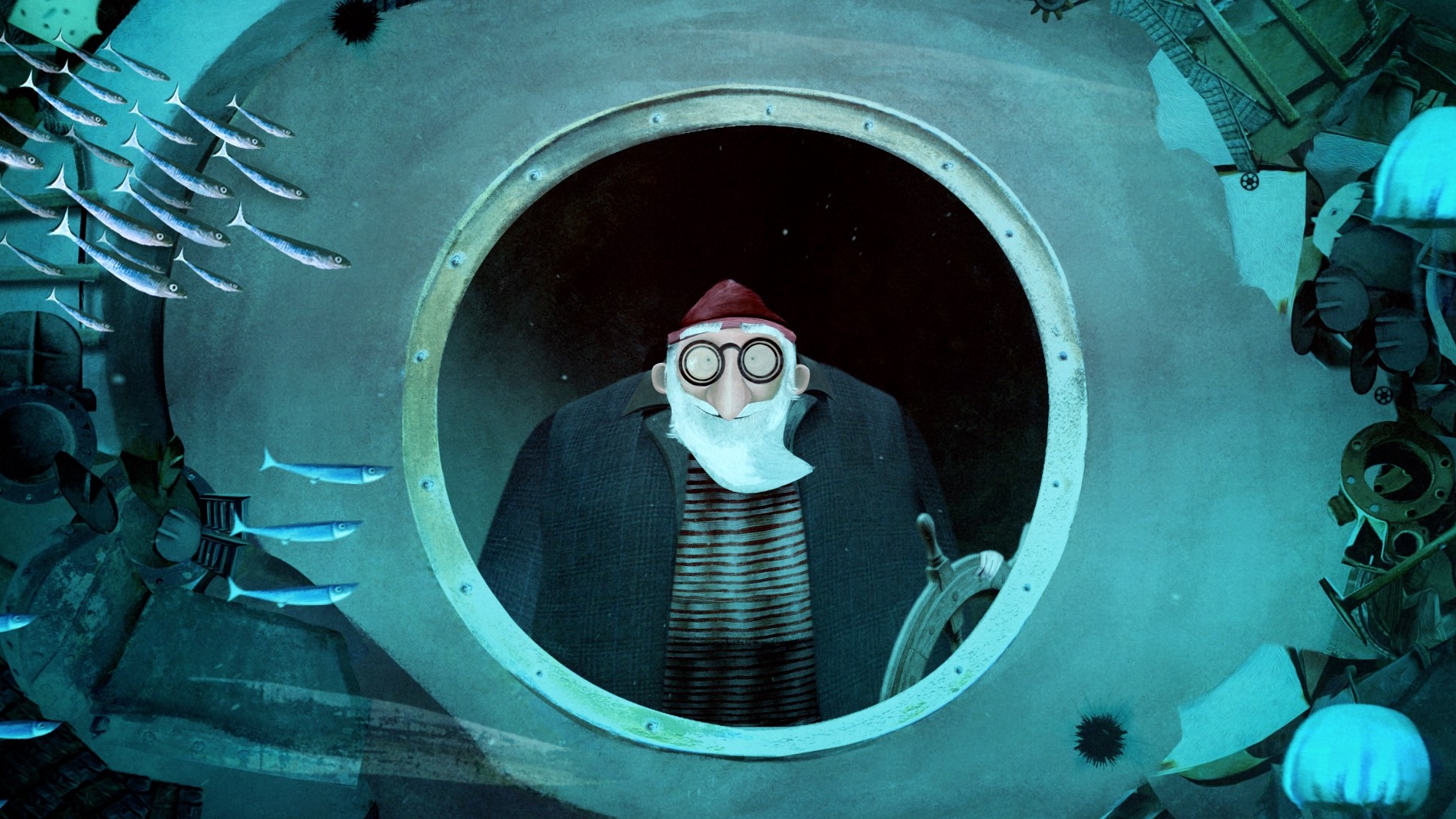A Recap of Scruffy City Film Festival 2018
This past weekend in the dimly lit concert hall behind the first-floor bar of Scruffy City in Knoxville, a small, yet passionate congregation of festival-goers took in what the Scruffy City Film & Music Festival had to offer. With stained-glass mosaics hanging in the rafters and the occasional day-drinker mistakenly wandering into the makeshift theater, the four-day festival attempted to marry their love for film and music by projecting feature films and shorts that either had a focus on music or admirable soundtracks. With a few exceptions, the music did not disappoint.
The lineup, consisting of 7 features and over 30 shorts, is rather small for a film festival. In this case, though, it is, in fact, a positive attribute. The SCF&MF curates and pairs it down to an identifiable niche. The flaw in this reasoning is that if you don’t appreciate the music niche where they often fall, you won’t find much in this festival for you. The undeniable fact is that the curators of the festival have a specific sound and taste in mind, and they are terrific at holding that sound to a high quality.
While the features often boasted intense and musically diverse soundtracks, for me, the pinnacle of the festival was a 12-minute short film named Jonas and the Sea. The animated film, playing previously at Sundance 2017, played during the “Eye-Candy Shorts” program on opening night, which primarily consisted of animated short films. Jonas, somewhat like an offspring of Up, follows a young boy who wants nothing more than to dive deep into the sea and live his life with the beautiful fish. Simultaneously, the short portrays the same boy, now old, but still chasing his dreams. The parallel structure and delayed gratification lead to a terrific payoff, which is bolstered by the occasionally whimsical, occasionally melodramatic score. Other short films featured were the visually experimental music video “Happy” by director Alice Saey, featuring a trippy combination of peacocks and eye-trickery; as well as a fascinating Guillermo del Toro-esque science-fiction grief parable Lacrimosa by Tanja Mairitsch.
On the feature film side, the highlight was the documentary hillbilly by Sally Rubin and Ashley York. The film follows co-director Ashley York as she returns to her hometown to investigate media misrepresentations of “hillbillies.” As a southerner, myself, I found this film to be empathetic and moving through both the personal and the broader cultural motifs. I will say the inclusion of hillbilly in this festival seems to demarcate an interest in a musical culture rather than an interest solely in movies about music. The Organizer, the other documentary I saw at the fest, was less successful as a documentary but an excellent means of dispelling information. It focused on the life of Wade Rathke, the activist organizer and founder of the group ACORN. The information was fascinating, and I found myself trying to understand the complete social short-term memory-loss in terms of the legacy of ACORN; yet the film lacked a depth past its journalistic viewpoint and offered little formal ingenuity.
Both of the feature films I saw were, to varying degrees, musical romances. American Folk, the opening night film, boldly engaged the immediate aftermath of 9/11 America by opening with the grounding of a plane headed from L.A. to New York just as terrorists have devastated the World Trade Center in 2001. Two characters, both musicians, get off the plane and are in dire need of returning to New York. So Elliott (Joe Purdy) and Joni (Amber Rubarth) make the unlikely journey by van through the American West and all the way home. They glimpse much of the U.S. and the particular early 9/11 mindset, and this is where David Heinz’s film succeeds the most, with the fringe characters. The other musical romance played at the festival is Cowboy’s Heart, which focuses on the life of a Brazilian pop-star who has a desire to return to his Brazilian country roots. Cowboy’s Heart, which had its world premiere at the festival, displays, unironically, a big heart. Where it fails in being narrow-minded about pop music, it soars in embracing honesty and depth of feeling between characters. While it hits familiar beats, U.S. audiences can find much of the film by Gui Periera refreshing and charming.
Despite the narrative features of the festival often falling along the line of conventional, the true spirit of the festival often followed each film. The curators of the festival do a terrific job of hosting the directors, stars, and musicians, especially for such a small, volunteer-run festival. One of the live-performance highlights followed American Folk as Amber Rubarth, one of the two main characters, got on stage with her guitar and played her original music. What the Scruffy City Film & Music Festival lacks in quantity and diversity, they greatly recompense with heart and a desire to share movies with beautiful music with the world.















